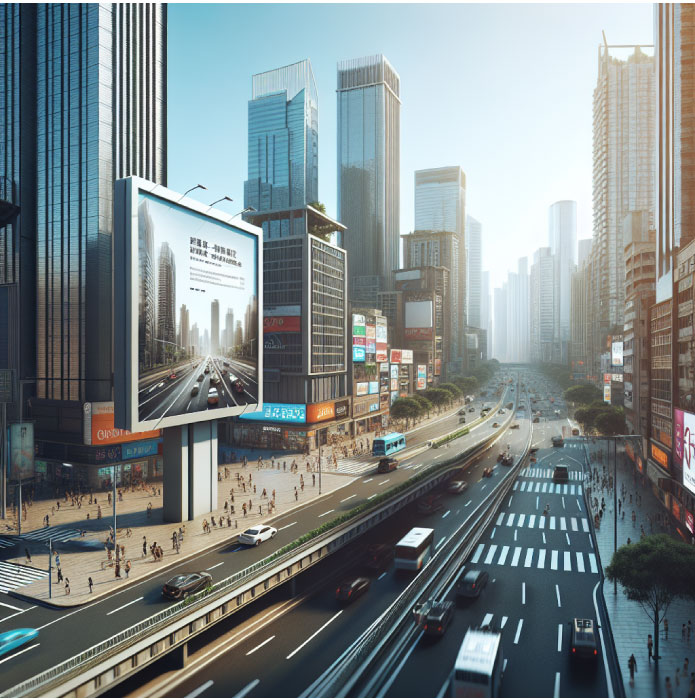In a highly digitized market, it may sound strange for a company to invest in marketing strategies outside this context. However, despite being constantly connected, these offline actions, known as OOH Media (Out of Home), can bring numerous benefits to brands in terms of cost-effectiveness and reach. This is provided they are properly planned to successfully target the intended audience.
One of the most favorable aspects of digital marketing, as advocated by professionals in the field, is the ability to segment established actions to achieve greater accuracy in reaching the desired audience. This, along with other benefits in terms of agility, reach, and practicality, contributes to the expectation—according to data from the Statista platform—that these investments will reach a value of $910 billion globally by 2027.
Offline media, however, can also offer the same accuracy in terms of reach. These strategies are capable of defining the target audience, as each type of media will engage with specific people who exhibit similar behavior due to their location and regional habits. This means that, through the chosen medium and its placement, it is possible to define a group to engage with, even if this ‘filter’ is less effective than digital.
In practice, some of the tools that can be used within this OOH Media include billboards, LED panels, stickers, interactive screens, flyers, posters, projections, alternative advertising (street art), totems, etc. From a single medium, it is feasible and possible to apply it in different types of locations, making it very practical and effective in delivering the intended message. If the goal is to impact individuals about an event taking place in a shopping mall, for example, working with stickers, interventions, and LED panels in the internal, external, and surrounding physical space can yield excellent results for the brand.
It should also be remembered that OOH Media participates in the purchasing process, serving as one of the stages with which people may come into contact and be impacted on their journey toward conversion. Even for older individuals—contrary to what many believe—they are not entirely disconnected. After all, according to IBGE data, as proof of this, in 2024, 86.5% of these individuals reported using the internet every day.
When establishing strategies aimed at this audience, however, it is important to emphasize the need to plan actions according to their demands and history. It is the responsibility of companies to analyze these individuals’ behavior in the virtual environment, which platforms they typically use, and whether it makes sense to reach them through these channels. After all, many may still prefer offline media, which must be taken into consideration in this choice.
There is no doubt about the benefits that digital marketing can bring to brands. However, to this day, OOH Media also proves highly advantageous for reaching, impacting, and converting a range of target audiences and should likewise be considered in the strategic planning of this sector for more integrated communication with customers. When combined, these actions will have a greater chance of increasing buyer retention and further expanding the company’s reach across diverse and complementary channels.


